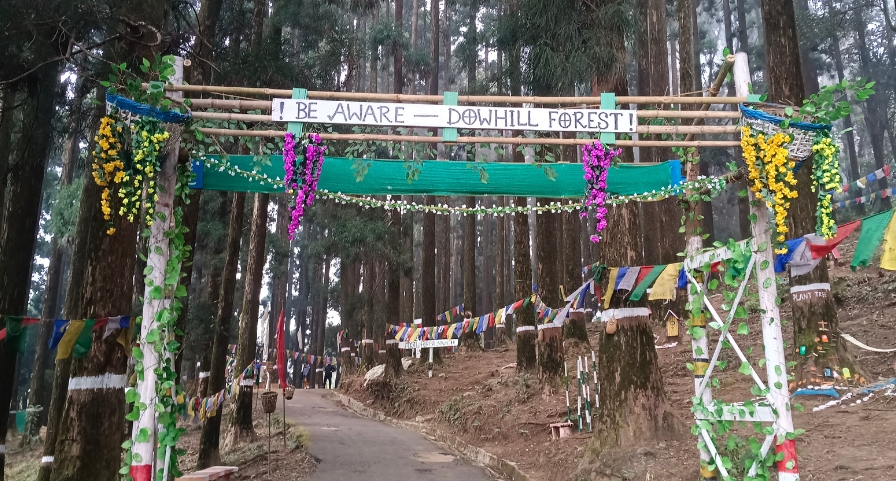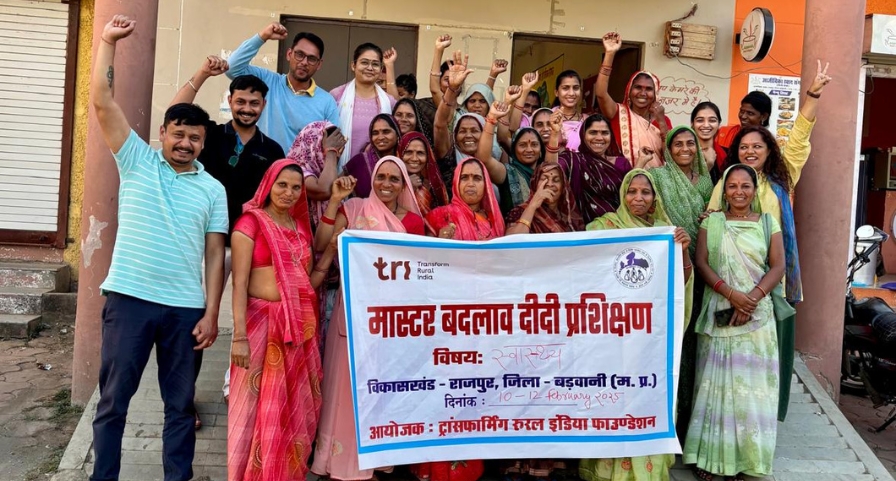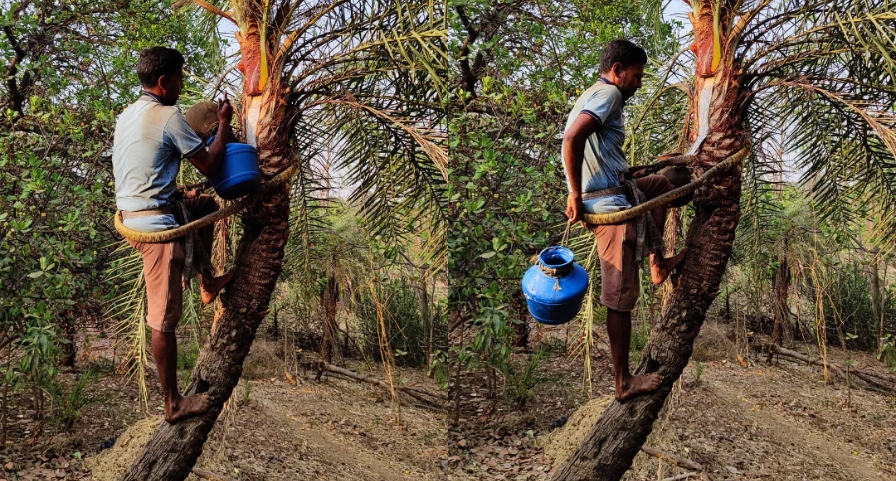“I had never thought that our studies would come to a standstill all of a sudden one day.” This is how Mohammad Shaheen, a student of 10th standard aiming to excel in the board exams, responded when asked about the long interruption in his schooling this year.
Students in Kashmir have not been to school for the past four months and Kashmir’s education department is yet to decide whether annual examinations should be held at the end of this academic year or not.
“If we don’t go to school and don’t have our exams conducted, what can we achieve in our life?” Shaheen asked. He studies in north Kashmir’s Kupwara Public School, but has not seen his school in all these months.
Since July 8, Kashmir has been gripped by a political turmoil. The protests, triggered by the killing of a young militant, have been responded with several weeks of strict curfews and a massive communication shutdown by the government. It has resulted in complete disturbance of all spheres of life. As it turns out now, the education sector has been the worst sufferer in the current phase of political turmoil much like many past phases since 1989, when the armed conflict in Kashmir started.
Burning schools
Another worry for Shaheen and other students in far off villages is that their schools, besides remaining shut for months, are facing the threat of getting burnt down. Well over two-dozen schools have already been torched in the past three months.
“Those who have torched our school won’t achieve anything except hell,” said Mohammad Rayees, an 11th standard student whose higher secondary school in Bugam-Kulgam in south Kashmir was burnt down last month.
He said that burning down of his school doesn’t mean he would stop pursuing his ambition of “becoming a social scientist” though the criminals have caused a setback to him and his fellow students. “I will still pursue my goal which is a different one. Almost every student wants to become a doctor or an engineer. But I want to become a social scientist,” Rayees said.
According to Kashmir’s education department, 26 schools, where more than 5000 students were enrolled, have been torched so far across the Kashmir region. But these incidents, as also hundreds of such cases during the initial years of armed conflict in Kashmir in 1990s, continue to remain shrouded in mystery with most of them attributed to “unidentified persons” or “miscreants.”
Societal assets
For Kashmir’s School Education Director, Aijaz Ahmad Bhat, the torching of schools is something that his directorate can hardly do anything about except appealing people to help safeguarding them and hoping that police will bring to book those involved in torching the schools. “These are our national assets and they belong to the entire society. I would go to the extent of saying that they should be protected more than the Masjids (mosques),” Bhat told VillageSquare.in.
A 28-member civil society group last week issued a statement in which they urged the government to play a positive role in normalising the situation in Kashmir which has ruined the region’s education sector, besides damaging the economy and overall development. “Education sector (our lifeline) has suffered much damage and we can ill afford any further harm to it. The need of the hour is to have it back on rails,” the statement said.
Throwback to 1990s
It is a throwback to the past when reports of miscreants burning down schools used to appear in newspapers everyday. The education sector was the worst hit among all the sectors since the inception of armed turmoil in 1989 in Kashmir. The academic atmosphere in the Kashmir valley suffered immediately after the conflict started.
As per the conclusion of a study carried out in 1994 by a four-member committee from New Delhi headed by the Social Policy Analyst, Joseph Gathia, “Children were the biggest victims of violence in Kashmir.” The Gathia Committee report had made some startling observations. According to that report, more than 400 schools were gutted during the turmoil in the first four years of armed conflict while more than 60 per cent children between the age group of 10 years to 14 years had got deprived of education because of the violence in the environment.
It had further revealed that a large number of rural school buildings had been occupied by the paramilitary forces. In mid 1990s, the number of school buildings under the occupation of army, was in hundreds. According to records available in the education department, 47 school buildings in different parts of the valley were under the occupation of security forces till as late as 2007.
In terms of damage caused to the educational infrastructure during the 1990s, the districts of Anantnag and Pulwama in south Kashmir were the worst affected. As per official records, out of a total of 714 school buildings gutted, mostly during 1990s, as many as 161 school buildings belonged to Anantang district alone, while 146 damaged school buildings were in Pulwama district. The third highest number of gutted school buildings was in district Kupwara, where 124 schools had come under the blaze. In Baramulla district this number was 102, in Budgam 92 whereas the lowest number of gutted school buildings was in Srinagar, where 87 buildings were consigned to flames.
Education Volunteers
This time people are trying to find alternate ways. If 10-year-old Adeeba of Kumar Mohalla in Zainakote-Kashmir had not found some new friends in the newly set up community school in her locality, it would have been difficult for her to manage without her school friends for months together.
Adeeba has been fortunate to land up in a community school where kids seem to be enjoying themselves under the great care of an enthusiastic bunch of volunteers. “At my new (community) school, I have some new friends now,” Adeeba said, though she struggled to explain what it means to her.
The community school in Zainakote was set up by some volunteers weeks after the security situation worsened in Kashmir. Such schools have been established by volunteers in other parts of Kashmir as well, but their number could be just around 150 or so in entire Kashmir region. There are no official estimates.
Sajjad Ahmad Sofi, a young businessman, said that when curfew continued for over four weeks and there were no signs of the situation getting better, he thought if he and his friends in Zainakote could set up a makeshift school in their locality of about 2000 families. “I consulted some 14 well-educated youth of the locality who I knew closely and asked them if they can help. All of them liked the idea and came forward quite enthusiastically,” Sofi told VillageSquare.in.
“After that we approached the management of the local Madrassa. They held a meeting and decided to allow us to use the space of Madrassa. Later, when we fell short of space, the local mosque provided some blankets while some well-meaning citizens contributed money for other requirements.”
According to Sofi, students from well-off families were not that much affected since their parents had managed private tuition for them. “It was the poor students who had nothing to fall back upon. That is why I was so keen on starting the community school.”
Ghulam Ahmad, a parent, said that all the parents of the locality are quite happy with the efforts put in by the educated youth in the locality in setting up the community school. “This is really commendable. If they had not thought of doing something for the poor, where could we go?” Ahmad said.
Some names have been changed to protect identity.
Athar Parvaiz is a Srinagar-based journalist.



